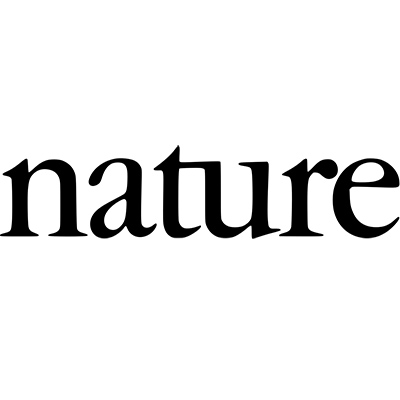The 2020 Covid-19 pandemic has forced science advisory institutions and processes into an unusually prominent role, and placed their decisions under intense public, political and media scrutiny. In the UK, much of the focus has been on whether the government was too late in implementing its lockdown policy, resulting in thousands of unnecessary deaths. Some experts have argued that this was the result of poor data being fed into epidemiological models in the early days of the pandemic, resulting in inaccurate estimates of the virus’s doubling rate.
In this article, I argue that a fuller explanation is provided by an analysis of how the multiple uncertainties arising from poor quality data, a predictable characteristic of an emergency situation, were represented in the advice to decision makers. Epidemiological modelling showed a wide range of credible doubling rates, while the science advice based upon modelling presented a much narrower range of doubling rates.
I explain this puzzle by showing how some science advisors were both knowledge producers (through epidemiological models) and knowledge users (through the development of advice), roles associated with different perceptions of scientific uncertainty. This conflation of experts’ roles gave rise to contradictions in the representation of uncertainty over the doubling rate. Role conflation presents a challenge to science advice, and highlights the need for a diversity of expertise, a structured process for selecting experts, and greater clarity regarding the methods by which expert consensus is achieved. The analysis indicates an urgent research agenda that can help strengthen the UK science advice system after Covid-19.
Read the full paper at Humanities and Social Sciences Communications



